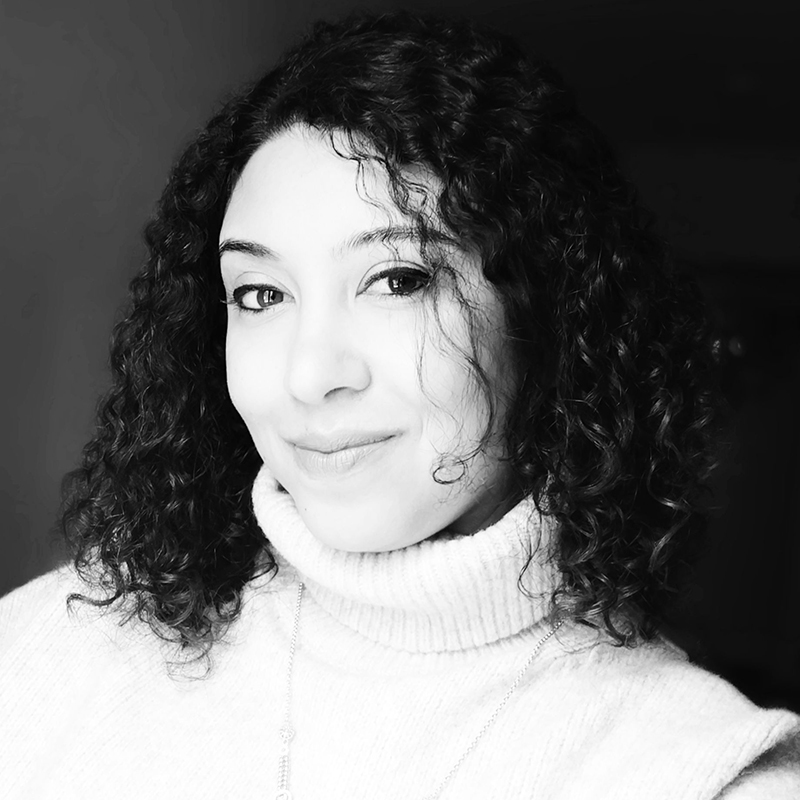Obscene Plays: Entertainment, Gender, and Love from Discourse to Violence
Eman Elnemr
| Creative and Critical Writings | 2024 | Egypt

By analyzing some plays deemed obscene, the author investigates how the modern Egyptian moral and aesthetic eye is formed. She traces the social and institutional conditions that produced and entrenched tastes and aesthetic perceptions associated with modesty and virtue within the visual cultural sector, particularly theater, where the contemporary elite sought to create and normalize high culture guided by modern European standards, adapting them into local Arab principles.


